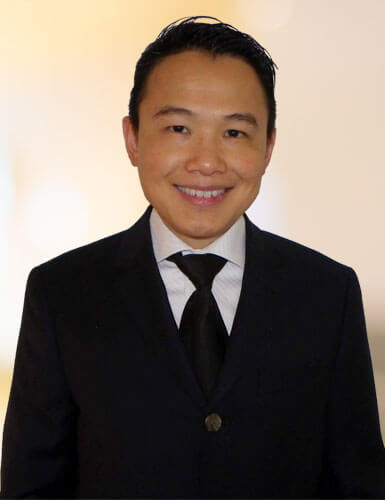Barrie dentist: the functional diagnosis, or “What we think about your TMJ’s”
Posted: October 14, 2013
Last Modified: June 6, 2022
This is the third in a series of posts about the way we look at a mouth. As we begin to unravel the Rubik’s cube-like puzzle that is the mouth, it is handy to have a system that can quickly break it down into various components. Ultimately, we incorporate all these pieces of information together, but the separate categories are:
Teeth, for which we use the dental diagnosis
Gums, for which we use the periodontal diagnosis
TMJ’s and bite, for which we use the functional diagnosis
Appearance, for which we use the aesthetic diagnosis
In this post, we are discussing the functional diagnosis – likely the most poorly-understood and controversial of the bunch.
A disclaimer: there is no universal agreement on the proper position of the TMJ’s (temporomandibular joints, or jaw joints), nor is there universal agreement on how to find that position. As such, every dentist needs to pick something (or a variety of things, if that is the opinion) that will work for a given patient’s condition. We’ve written here about what we think about neuromuscular dentistry, and here about how we think the bite affects the jaw joints/muscles. A summary: the way upper and lower teeth meet have significant long-term consequences for the health of the jaw joints and muscles if an individual’s adaptive capacity are exceeded.
This means that teeth do not have to fit perfectly in every person in order to have acceptably-functioning TMJ’s. As long as a person can chew comfortably and demonstrates no continued tooth, gum, or joint breakdown, then we do not concern ourselves with tooth positions. BUT, when we are looking at replacing many missing teeth, or if someone has a history of breaking many teeth, our thinking is that we better look at the bite or else more teeth will break.
If there are signs or symptoms in the jaw joints or muscles that raise some concern either for the patient or for us, we need to investigate further because playing ostrich does no favours for anyone. It is much better to tackle medical problems early (and prevent further damage) than to wait till things get to a worse, and more difficult-to-manage stage.
Symptoms (things that a person feels, but cannot be seen by others) or signs (things that are observable by another party) that we look for:
– pain in the muscles or TMJ areas, whether during function or at rest
– clicking, locking, popping in the joints, especially if opening distance or closing is limited
– wearing down of teeth that cannot be explained by diet
– teeth that have chipped or broken without large fillings or trauma to explain them
– a feeling that there is more than one biting position, or that one spot hits before all others. Often this is accompanied by a need to clench the teeth in order to get them to all fit together
– a feeling that front teeth hit before the back teeth, or that the jaw position would be more comfortable if it were more forward
– jaw fatigue when chewing tough foods
– an awareness that one has been clenching or grinding the teeth at night, or soreness in the jaws on waking
On top of the symptoms, we also perform an examination to detect signs (things that can be observed by another person) of bite problems. This would look for things such as:
– pain in the TMJ’s when pressure is exerted
– pain in the jaw muscles when moving in different directions
– limited opening or movement of the jaws
– loose teeth for no apparent reason
– wear marks on teeth, or chipped / broken parts of teeth or fillings
– sharp notches at the side of teeth near the gumline (abfraction marks)
– if present, wear marks on bite planes (“night guards”) that a patient may wear at night
If we do detect problems, they may be problems of back teeth closing positions, front teeth closing positions, habits such as grinding or clenching that are unrelated to the bite, or even neurological problems that cause tooth-damaging jaw movements. The treatment for each is different, and may range from a simple bite plane, to bite adjustment and orthodontics, all the way to a potential referral to a physician.
If you have jaw pain, or a bite that doesn’t feel right, contact us! The solution may be simpler than you imagined. We’d love to be your Barrie dentist.


